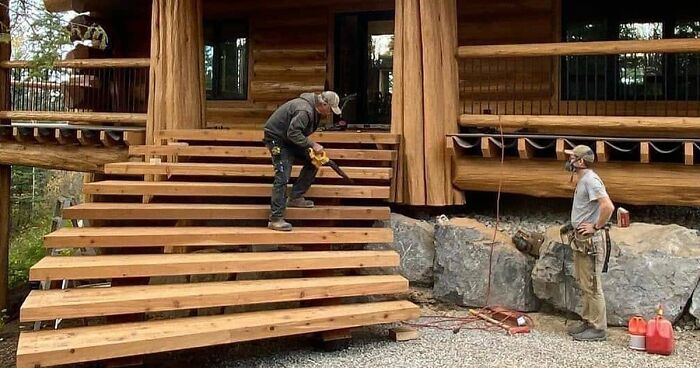Gardening for Small Spaces: Maximizing Yields in Tiny Gardens
Gardening in small spaces presents unique challenges but also exciting opportunities for creativity and productivity. Whether you’re working with a tiny balcony, a small patio, or a compact backyard, maximizing your garden’s yield is both possible and rewarding. Here’s how to make the most of your limited space and enjoy a bountiful harvest.
Table of Contents
Planning Your Small Space Garden
The first step in creating a small space garden is to assess the available area. Measure your space carefully and take note of factors such as sunlight exposure, wind patterns, and accessibility. Small spaces can vary greatly—balconies, patios, and small yards each require different approaches. Understanding your space’s unique characteristics will help you decide what and how to plant.
For small gardens, there are several effective types to consider:
Container Gardens: Containers are versatile and can fit in almost any space. Ideal for patios and balconies, containers can hold a wide variety of plants and can be moved to optimize sunlight. Choose containers of various sizes to accommodate different plants. Ensure containers have proper drainage to prevent root rot. Self-watering containers are a great option for maintaining consistent moisture levels.
Vertical Gardens: Vertical gardening is a game-changer for small spaces. Use trellises, wall-mounted planters, and hanging pots to grow plants upward rather than outward. This technique is perfect for vining plants like cucumbers, beans, and peas. Wall-mounted pockets or shelves can hold herbs or flowers, adding greenery without occupying valuable floor space.
Raised Beds: Raised beds elevate your plants and can be constructed from materials like wood or metal. They offer better soil drainage and make gardening easier on your back. Modular systems, such as stackable planters or garden towers, allow you to grow multiple plants in a compact footprint, maximizing your gardening area.
When designing your garden, focus on creating an efficient layout. Plan your garden to maximize light exposure and accessibility. Place taller plants in the back or center, and shorter ones in the front or edges. Consider using space-saving techniques such as stacking pots or tiered planters to optimize every inch of your garden.
Selecting Plants for Small Gardens
Opt for plants that thrive in confined spaces and offer high yields. Consider compact varieties of vegetables and herbs, such as dwarf tomatoes, bush beans, and mini peppers. Leafy greens like lettuce and spinach are also great choices because they grow fast and don’t require much room.
Companion planting involves pairing plants that benefit each other. For example, growing basil near tomatoes can enhance the flavor of the tomatoes and help deter pests. Similarly, planting marigolds with vegetables can repel harmful insects. Companion planting not only saves space but also promotes a healthier garden ecosystem.
Choose plants based on the season to ensure continuous harvests. For example, grow cool-season crops like kale and radishes in spring and fall, and warm-season crops like zucchini and cucumbers in summer. Rotate crops to prevent soil depletion and reduce the risk of pests and diseases.
Maximizing Yield in Small Gardens
Watering efficiently is crucial in small space gardens. Consider using drip irrigation systems or soaker hoses to provide consistent moisture directly to the roots. Self-watering containers and rain barrels can also help manage water use effectively. Aim to water early in the morning or late in the evening to reduce evaporation.
Healthy soil is key to maximizing yields. Use compost or organic fertilizers to enrich your soil and promote strong plant growth. Regularly check soil moisture levels and adjust watering accordingly. Mulching can help retain soil moisture and reduce weeds.
Small space gardens are not immune to pests and diseases. Employ bird deterrents against pest birds. You can find a good selection of bird deterrents and repellents at Birdbusters online store. Regularly inspect plants for signs of trouble and address issues promptly to avoid spread and damage.
Maintenance and Harvesting
Consistent maintenance ensures your small garden remains productive. Regularly prune plants to encourage growth and remove dead or diseased parts. Keep an eye out for weeds and pests, and address any issues promptly to prevent them from affecting your plants.
Harvest your crops at the peak of ripeness to ensure the best flavor and quality. Different plants have different harvesting times, so familiarize yourself with the optimal harvesting period for each type. Regular harvesting can also encourage plants to produce more.
Conclusion
Gardening in small spaces requires creativity and thoughtful planning, but the rewards are well worth the effort. By assessing your space, choosing the right plants, and implementing space-saving techniques, you can maximize yields and enjoy a thriving garden even in the tiniest of areas. Embrace the challenge, experiment with different strategies, and savor the satisfaction of growing your own produce in a limited space.

/cdn.vox-cdn.com/uploads/chorus_image/image/63616830/shutterstock_1111026284.0.jpg)


